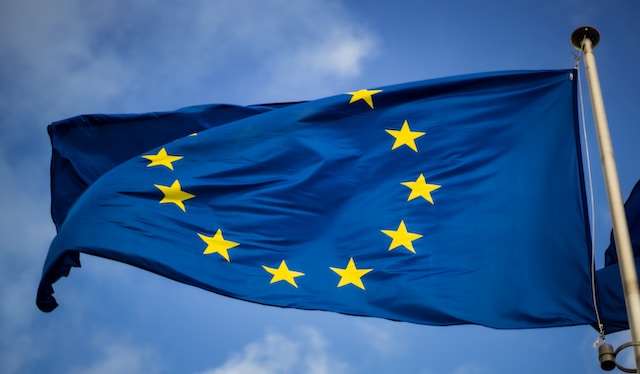Some people have doubts about the meaning of the SEPA acronym when carrying out a banking operation or transfer or when viewing the description of some financial operations. The truth is that this acronym comes from the initials of the Single European Payment Area, which refers to a single payment area within the European Union, making exclusive use of the Euro (EUR or €). In this post, we will learn more about SEPA payments and how they work.
SEPA payments
SEPA payment was developed to facilitate credit and debit transfers within the European banking industry. The European Payments Council (EPC) worked on a new framework for mobile transactions and a scheme for payment cards. Financial entities and European institutions, such as the European Central Bank and the European Commission, were the ones who promoted this project, which, in turn, has focused on the creation of infrastructures and new standards that seek the normalization of sending and receiving payments through operations with cards, transfers and direct debits, which entails significant economic benefits for all the companies and individuals involved, as well as for society in general.
Objectives of SEPA payments
This system aims to facilitate international payments, which can be affected by delays, regulations, high commissions, and technological gaps between different countries. The main objective of SEPA payments is to facilitate payments in the entire area of the European Single Market, especially transfers, card payments, and direct debits. The goal of the system is that these transactions are carried out with the same simplicity, efficiency, and security as internal or national payments that are carried out within the Member States.
SEPA member states and coverage
The SEPA zone is the area in which all its economic agents (people or companies) can send and receive payments in euros in a safe way since each transaction is carried out under the same basic conditions, obligations, and rights. It is important to note that the SEPA Zone comprises the 28 member states of the European Union, as well as Iceland, Liechtenstein, Norway, Switzerland, Monaco, and San Marino.
SEPA Advantages
SEPA payments offer several advantages for companies and individuals making international payments. SEPA is a single system to carry out all national and international transactions; the system offers fast payment processing and free transactions in most cases.
One of the most outstanding advantages of this system is international direct debit, which stands out for its ease of withdrawing money from a client’s account in one country and then crediting that amount to another account (located in a different country within the SEPA zone). In addition, we must remember that there is no need for currency conversion since only the Euro is used, creating a single terminal for card payments. Finally, we must highlight that all members of the SEPA area can use any of the SEPA schemes of the European Payments Council (EPC).
SEPA transactions
The SEPA system stands out for several payment schemes developed by the European Payments Council (EPC). Among the main payment schemes are the following:
-SEPA Credit Transfer (SCT)
-SEPA Instant Credit Transfer (SCT Inst.)
-SEPA Direct Debit Core (SDD Core)
-SEPA Business-to-Business Direct Debit (SDD B2B)
It is important to mention that the SEPA credit transfer (SCT) and the SEPA instant credit transfer (SCT Inst.) are the most used methods in the system; however, the SCT is ideal for making single payments of any amount (as long as when it can be received on a business day), on the other hand, the SCT Inst. completes or fully executes the transactions in a maximum time of 10 seconds (regardless of the day of the week the operation is executed) although it has a limit of EUR 100,000.
What do you think about this topic? Do you want to know more about SEPA payments?
If you are interested in our products or services, you can visit our website and register on our platform by visiting the following link.
Image by Christian Lue via Unsplash.com under a creative commons license.
